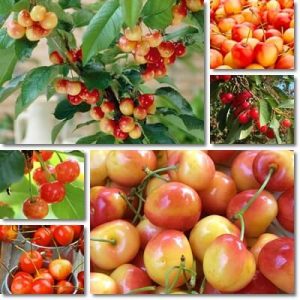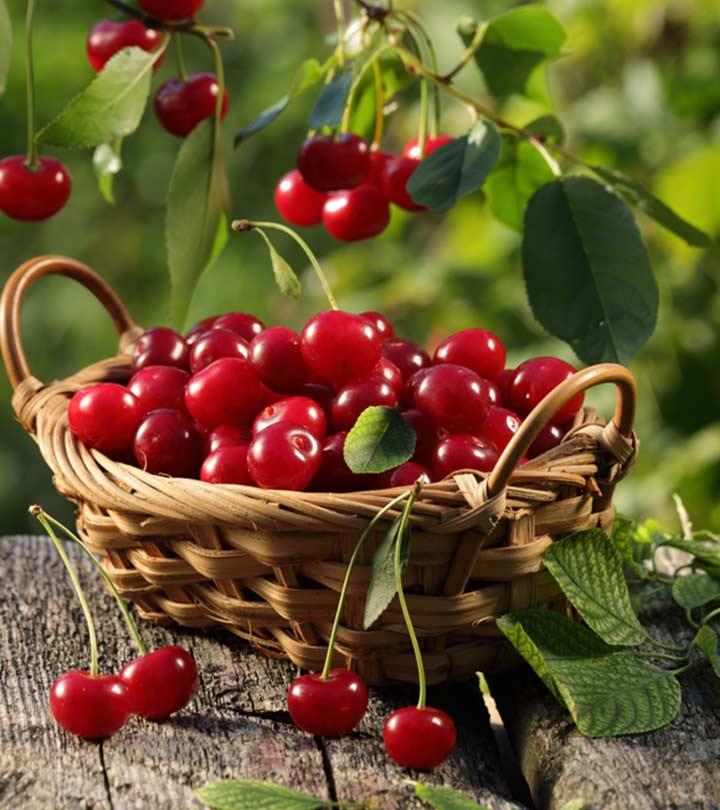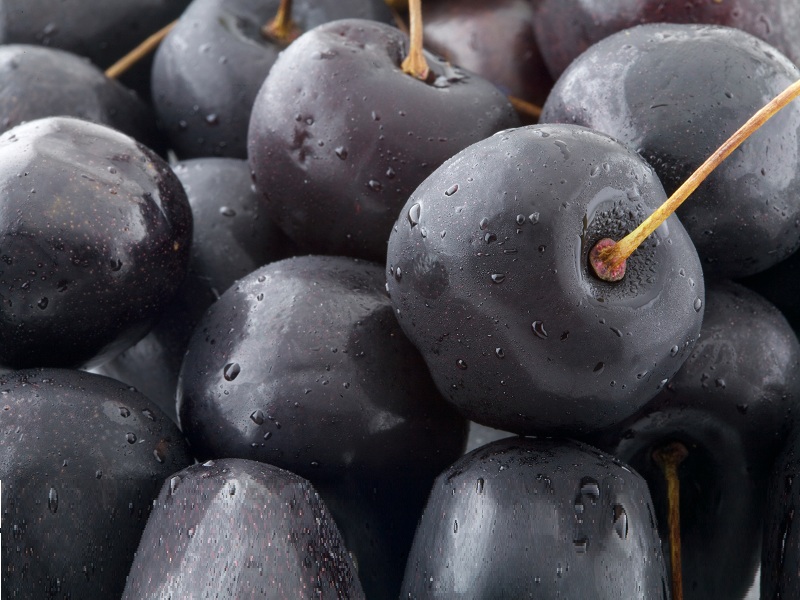

The star components of apples-fiber, vitamin C, pectin, and polyphenols-have been associated, primarily in animal studies, with anti-inflammatory effects and an increase in beneficial microbes in the gut. Maybe it’s true what they say about an apple a day: a study of nearly 35,000 women, found that consumption of this fruit-along with its relative, pears-was linked with a lower risk of death from heart disease. Studies have linked increased berry consumption with lower risks of heart disease, Alzheimer’s disease, and diabetes.Īpples. Along with fiber and vitamin C, berries possess plant pigment phytochemicals, such as anthocyanins and ellagic acid, which may be behind their health benefits. From strawberries and blackberries to cranberries and blueberries, these gemlike fruits are particularly potent in antioxidant and anti-inflammatory activity. While all fruits tend to be rich in disease-protective nutrients, some have received particular attention in the nutrition world for their anti-inflammatory benefits.īerries. One strategy is to eat with the seasons, choosing grapes and stone fruits in the summer, apples and pears in the fall, persimmons and pomegranates in the winter, and citrus and cherries in the spring. Eating at least one-and-a-half to two cups of diverse fruits every day can boost antioxidant activity.

doi: 10.1155/2014/406960.Nature’s original desserts, naturally sweet fruits are particularly abundant in anti-inflammatory compounds, which are important in protecting our bodies from heart disease, diabetes, and certain forms of cancer and bowel disease. Roles of inflammation, oxidative stress, and vascular dysfunction in hypertension. Atherosclerotic Plaque Rupture: Identifying the Straw That Breaks the Camel’s Back. Immunity, atherosclerosis and cardiovascular disease. Heart disease and stroke statistics-2013 update: A report from the American Heart Association. Go A.S., Mozaffarian D., Roger V.L., Benjamin E.J., Berry J.D., Borden W.B., Bravata D.M., Dai S., Ford E.S., Fox C.S., et al. Larger and longer follow-up studies are needed to confirm these findings.Ĭardiovascular risk factors dietary intervention inflammation oxidative stress polyphenols tart cherry. The present study suggests that the ability of tart cherry juice to reduce systolic BP and LDL cholesterol, in part, may be due to its anti-oxidative and anti-inflammatory properties.

Within group analysis showed that the plasma levels of CRP, MDA, and OxLDL decreased numerically by 25%, 3%, and 11%, respectively after 12 weeks of tart cherry juice consumption compared with corresponding baseline values.

There was a significant group effect observed for plasma CRP ( p = 0.03) and malondialdehyde (MDA) ( p = 0.03), and a borderline significant group effect observed for plasma oxidized low-density lipoprotein (OxLDL) ( p = 0.07). After the 12 weeks intervention, tart cherry juice significantly increased the plasma levels of DNA repair activity of 8-oxoguanine glycosylase ( p < 0.0001) and lowered ( p = 0.03) the mean c-reactive protein (CRP) level compared to the control group. Several blood biomarkers of inflammation and oxidative stress were assessed at baseline and after 12 weeks intervention. In this randomized-controlled clinical trial, a total of 37 men and women between the ages of 65⁻80 were randomly assigned to consume 480 mL of tart cherry juice or control drink daily for 12 weeks. The present study investigated the effects of tart cherry juice on blood biomarkers of inflammation and oxidative stress. The findings of our previous study suggest that 12 weeks consumption of tart cherry juice lowers the levels of systolic blood pressure (BP) and low-density lipoprotein (LDL) cholesterol in older adults. Inflammation and oxidative stress are important factors in the development of cardiovascular disease and atherosclerosis.


 0 kommentar(er)
0 kommentar(er)
